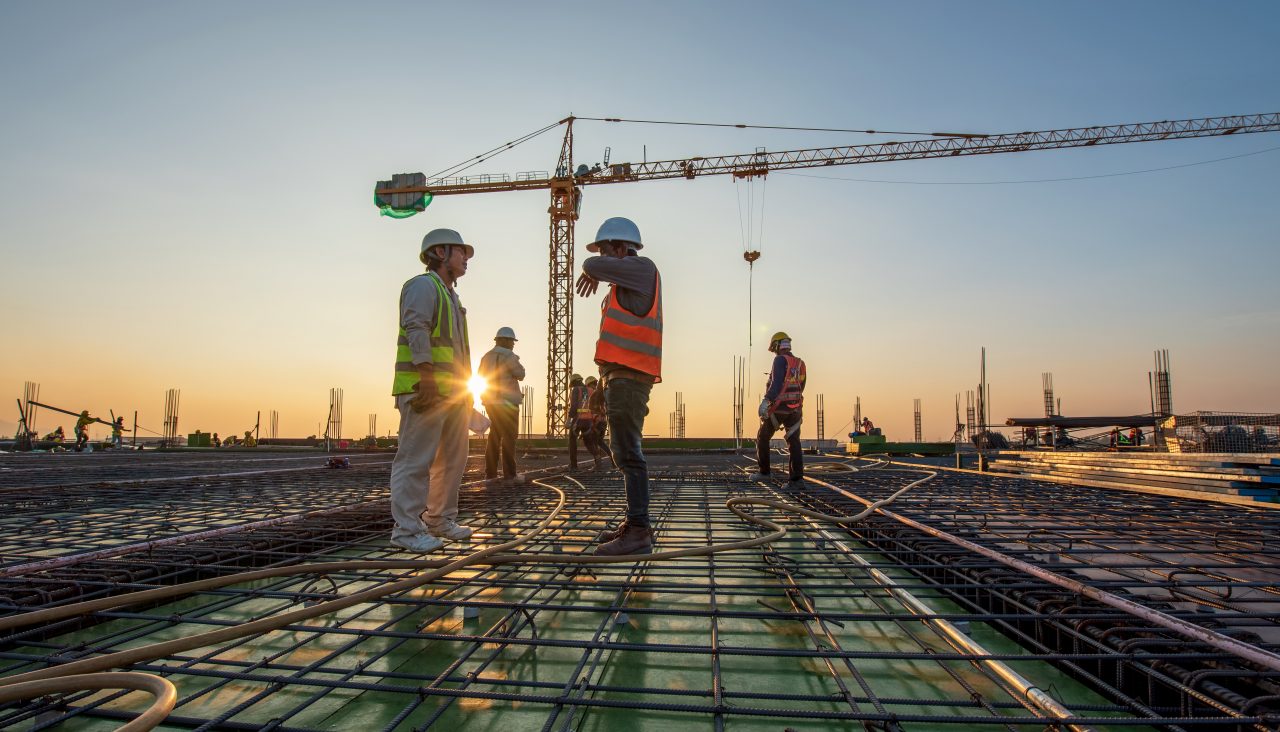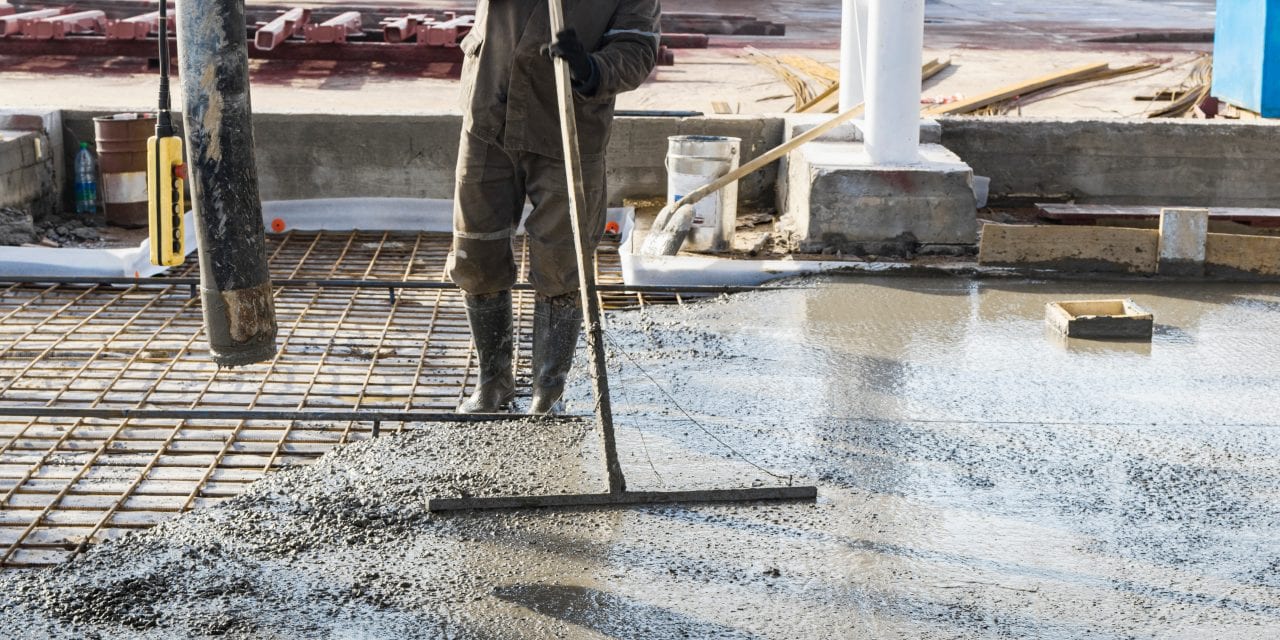- Home
- Engineering
- Design Center
- Post Installed Rebar

Safety demands rebar connection design
Qualified Products | Compliant Design | Safe Installation
At Hilti, we understand the critical nature of structural concrete connections in ensuring the integrity and robustness of your structure throughout its lifecycle. Whether a new build or a retrofit, we offer end-to-end post-installed rebar solutions. Our mortars are qualified as per European Assessment Documents (EADs) for use with structural concrete design standards for typical connections such as end anchorages, splices, overlays, and beyond. With our easy-to-use design software and safe and reliable installation tools, reduce the risk of errors and speed up your construction.
POST-INSTALLED REBAR & TYPE OF APPLICATION
Post-installed reinforcing bars are typically used to develop a monolithic connection between new and existing concrete elements or structures. Post-installed reinforcing bars are used in both retrofit work and in new construction and are suitable for a wide range of applications. Let’s look at some of the common rebar applications below.
IMPORTANCE OF DESIGN
To ensure that the post-installed reinforcing bar behaves as a cast-in bar, it is important that the type, size, spacing and quantity and anchorage be established for the connection. This is typically based on either direct calculation of section forces, or a requirement to match existing reinforcement. Hence, design of rebar connections are important to achieve desired results.
The rebar applications mentioned below can be clustered into 3 categories and have different design requirements.
End Anchorages

End anchorages involve connecting new concrete elements perpendicular to existing ones. Examples include beam-to-column, slab-to-wall, column-to-foundations, and so on.
Know MoreSplices

Lap splices involve extending existing concrete elements parallel to existing ones. The new bars are not in contact with existing ones. Examples include beam extension, column extension, slab extension etc.
Know MoreOverlay
Concrete overlays involves increase the cross-sectional thickness of an existing member by connecting a new layer. Examples include beam jacketing, column jacketing, slab strengthening etc.
Know MoreJOBSITE REFRENCES
Discover how Hilti post-installed rebar solutions are used around the world and have made a difference.




